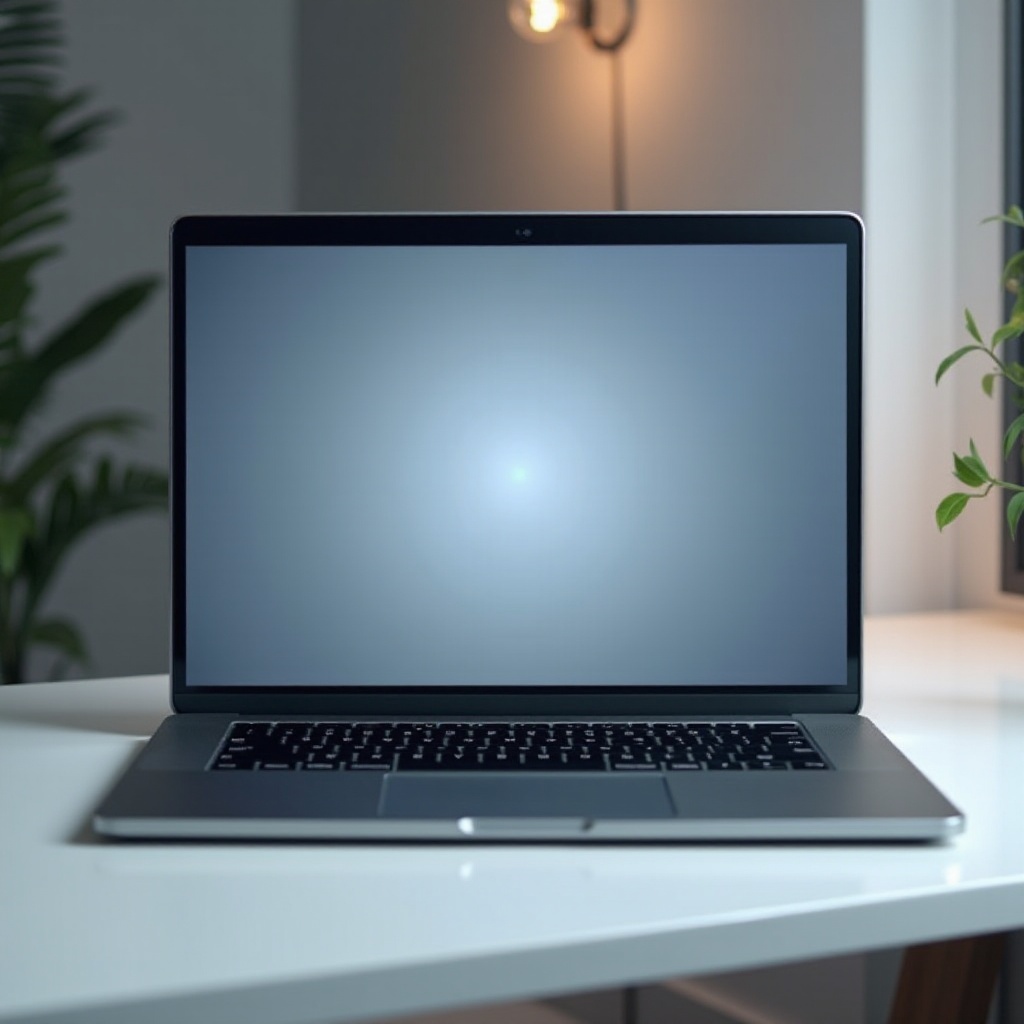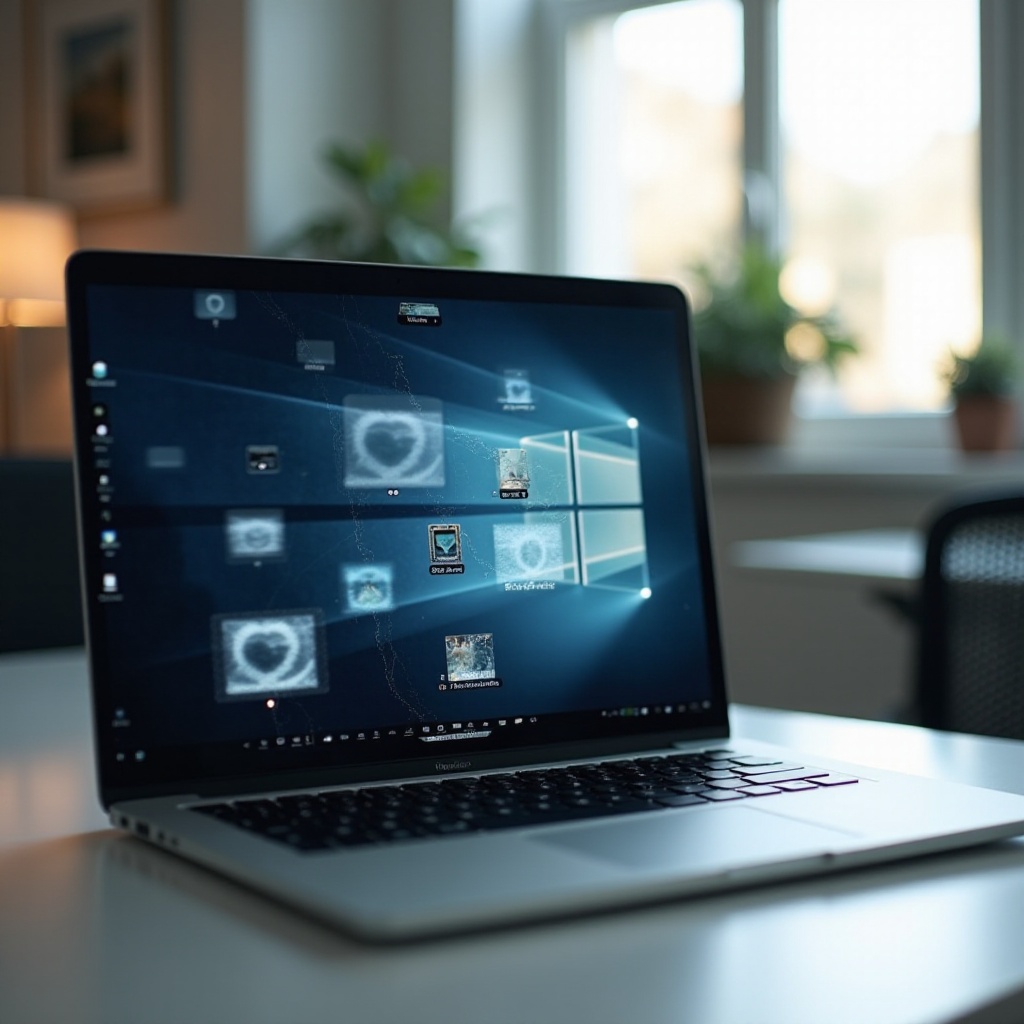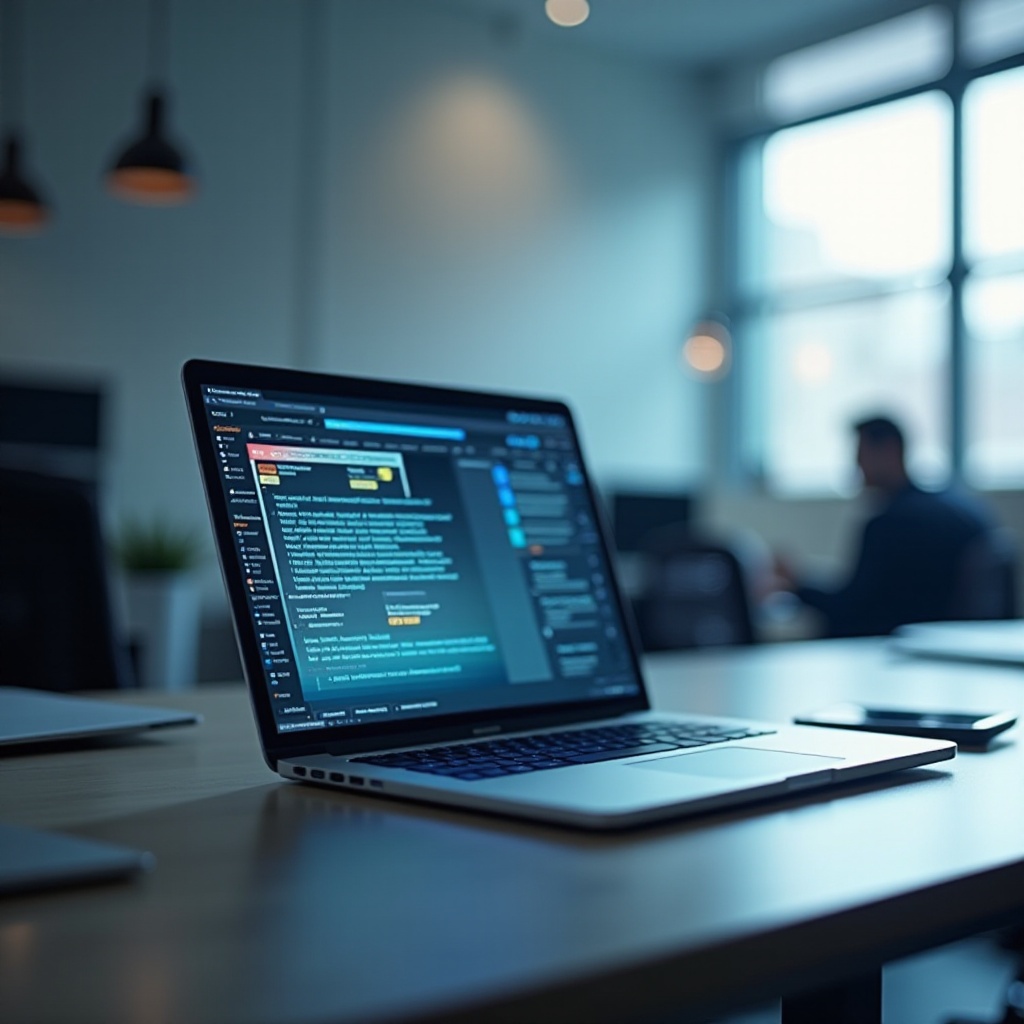Introduction
Laptop screen burn-in can be a frustrating issue for many users. Screen burn-in occurs when a static image is displayed on your laptop, causing a ghostly afterimage that persists even after changing the content. Understanding how to prevent and fix screen burn-in is essential for maintaining the longevity and quality of your laptop display.

What is Laptop Screen Burn-In?
Definition and Overview
Screen burn-in, also known as image burn or ghost image, is when a static image gets permanently etched onto the display. This happens when the same pixels display the same image for long periods, causing a persistent shadow or ghost image.
Difference Between Burn-In and Image Retention
While burn-in is a permanent issue, image retention is a temporary problem where ghost images disappear over time. Knowing the difference is vital as it helps in determining the right course of action for your laptop screen.
Causes of Laptop Screen Burn-In
Prolonged Display of Static Images
One of the primary causes of screen burn-in is displaying static images for an extended time. Examples include toolbars, menu bars, and paused video screens. When specific pixels display the same image for too long, they wear out faster than others, leading to burn-in.
High Brightness and Contrast Levels
High brightness and contrast levels can expedite the burn-in process. The more intense the light, the quicker the degradation. Lowering your screen's brightness and contrast can help slow down this process.
Manufacturer-Related Factors
Some screens are more prone to burn-in due to their manufacturing quality. OLED screens, for instance, are known for their vibrant display quality but are more susceptible to burn-in compared to LCD screens. Knowing your screen type can help you take preventive measures accordingly.

Identifying Symptoms of Screen Burn-In
Visual Indicators
The most obvious sign of screen burn-in is the appearance of a ghostly image that doesn't go away even after the content changes. This usually happens with high-contrast images and can be seen more clearly on a plain background.
Diagnostic Tools
There are several tools available for diagnosing screen burn-in. Applications like Burn-In Test or Pixel Fixer can help identify problem areas. These tools display various colors and patterns to help you detect lasting afterimages.
Preventing Laptop Screen Burn-In
Adjusting Screen Settings
- Reduce Brightness: Lowering the brightness of your screen can reduce the risk of burn-in. This not only helps in extending the life of your display but also eases eye strain.
- Enable Screen Burn-In Reduction Mode: Many laptops offer built-in settings to reduce burn-in. These may include screen savers or dynamic brightness adjustments.
Using Screen Savers and Dynamic Wallpapers
Using animated screen savers or dynamic wallpapers can help in preventing static images from being displayed for too long. These features keep pixels active, spreading the wear evenly across the screen.
Periodic Rest and Power Cycling
Giving your screen periodic rest can also aid in reducing burn-in. Make it a habit to turn off your screen or put your laptop in sleep mode when not in use. Additionally, power cycling, which involves completely turning off and then powering up your device, can refresh the pixels and mitigate burn-in effects.
Fixing Laptop Screen Burn-In
Basic Troubleshooting Techniques
There are several easy methods you can try to fix screen burn-in:1. Rotate Static Images: Change your wallpaper frequently to avoid static images.2. Utilize Pixel-Shift Technology: Many modern laptops incorporate technology that moves the images slightly, which can help in reducing static image burn-in.3. Perform a Display Refresh: Some devices come with a built-in display refresh option designed to help alleviate burn-in.
Using Screen Burn-In Reduction Software
There are a variety of software solutions designed to handle screen burn-in:
- JScreenFix: This is a web-based solution that helps fix stuck pixels, which are common culprits of screen burn-in.
- PixelHealer: This is a free app that subjects your screen to a series of colors, aiding in the restoration of pixel vitality.
Professional Repair Options
If the above methods do not resolve your screen burn-in issue, it may be time to seek professional help. Many repair technicians can perform advanced screen maintenance or replace the display entirely if necessary.
Long-Term Screen Maintenance Tips
Best Practices for Daily Use
To avoid future cases of screen burn-in, adopt the following practices:
- Regularly change your wallpaper.
- Avoid displaying static images for extended periods.
- Use built-in screen burn-in reduction settings.
Regular Screen Calibration
Calibrating your screen periodically can help in maintaining display quality. Tools like DisplayCAL can assist in achieving accurate color profiles, preserving the overall look of your screen and reducing burn-in risks.
Avoiding Overheating and Other Risks
Keeping your laptop cool can also reduce the likelihood of burn-in. Overheating can exacerbate pixel degradation, so make sure your laptop has good ventilation and consider using cooling pads if necessary.

Conclusion
Laptop screen burn-in is an issue that can be managed with the right knowledge and care. By understanding its causes, identifying its symptoms, and applying preventive and corrective measures, you can ensure a long-lasting, vibrant laptop display.
Frequently Asked Questions
Can screen burn-in be completely fixed?
In some cases, screen burn-in may be reduced or even eliminated using various techniques and software. However, severe cases might require professional repair or screen replacement.
How long does it take to develop screen burn-in?
There is no fixed timeline, as it largely depends on screen usage and settings. However, most cases develop over weeks or months of static image display.
Are OLED displays more prone to burn-in than LCDs?
Yes, OLED screens are generally more susceptible to burn-in compared to LCDs due to their organic materials, which degrade more quickly under prolonged use.
